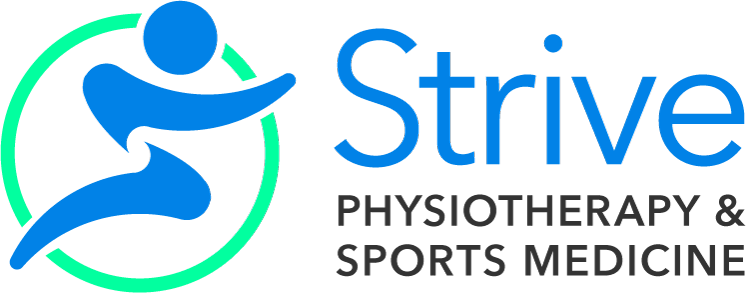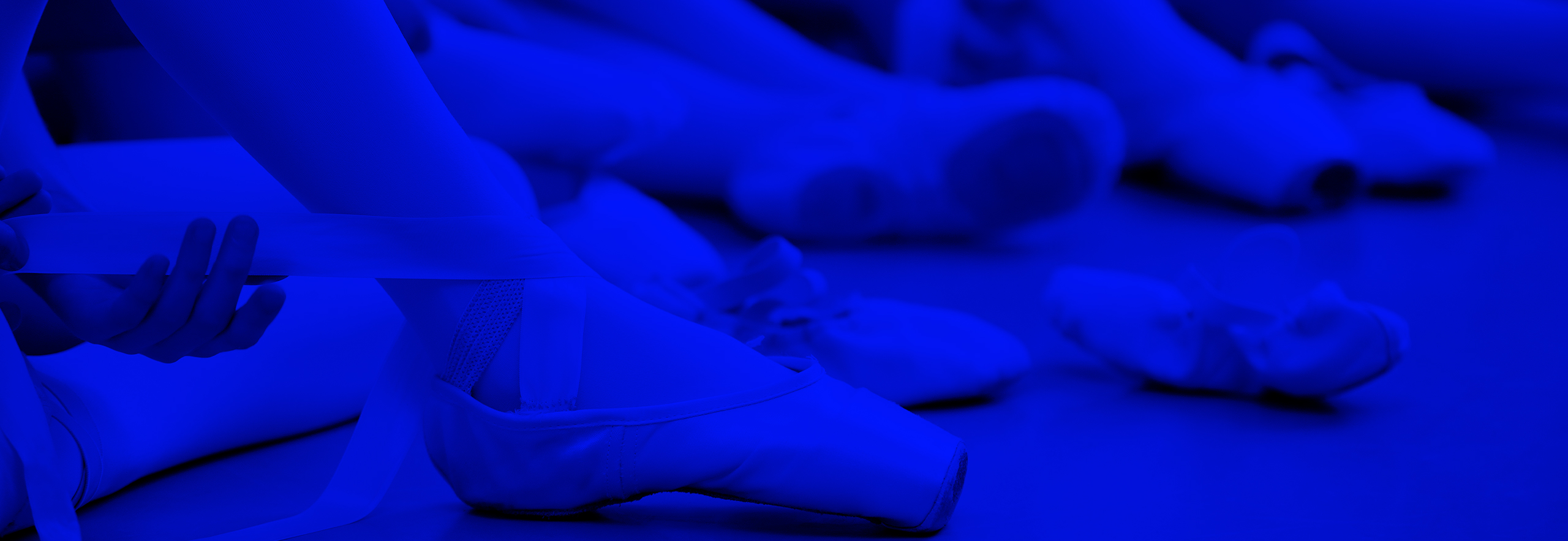Patellofemoral Pain in Dancers | Dance Physiotherapy Toronto
Care You Can Trust for Knee Pain in Dancers
Patellofemoral pain syndrome (PFPS) is a common condition among dancers, causing discomfort at the front of the knee, around the kneecap. It often results from muscle imbalances, poor movement patterns, or overuse during dance activities like grande plié, jumping, and turnout.
At Strive Physiotherapy in Toronto, we specialize in dance physiotherapy and offer personalized treatment for patellofemoral pain in dancers to help you recover and perform with confidence.
What Causes Patellofemoral Pain in Dancers?
PFPS is typically caused by:
- Muscle imbalances in the hips, thighs, or feet
- Poor activation of stabilizing muscles during movement
- Forcing turnout beyond your natural range
- Repetitive jumping or deep knee bending
These factors can alter kneecap tracking and lead to irritation of surrounding tissues.
Common Symptom of Patellofemoral Pain in Dancers
Dancers with PFPS may experience:
- Pain around the kneecap
- Clicking or cracking sounds during movement
- Discomfort during pliés, jumps, or stairs
- Pain after prolonged sitting or studio sessions
Dance Physiotherapy Toronto: How We Help Patellofemoral Pain
Our dance-focused physiotherapists assess your movement patterns, strength, and mobility to create a customized rehab plan. Treatment may include:
- Manual therapy and soft tissue release
- Mobilizations to improve kneecap tracking
- Strengthening exercises for hips, thighs, and feet
- Taping techniques for support
- Acupuncture or dry needling for pain relief
We also evaluate your turnout range and help you build strength and control to avoid compensation and overload.
Massage Therapy for PFPS
Massage therapy can reduce muscle tension in the hips, thighs, and lower back. Our registered massage therapists use fascial release techniques to address tightness and improve mobility, helping relieve knee pain caused by compensation.
Sports Medicine Support for PFPS
In some cases, your physiotherapist may refer you to a sports medicine physician for:
- Diagnostic imaging (X-ray, MRI, ultrasound)
- Assessment for conditions like chondromalacia patella or meniscus injury
- Injections (e.g., cortisone or PRP)
- Oral or topical medications
Recovery Timeline for Patellofemoral Pain in Dancers
Recovery depends on symptom duration and severity:
- Recent onset: 4–6 weeks
- Chronic cases: Up to 3 months
Early intervention leads to faster and more effective results.
Studio & At-Home Tips for Patellofemoral Pain in Dancers
To support recovery:
- Avoid deep knee bends and forced turnout
- Reduce jumping and running temporarily
- Use foam rolling on thighs and IT band
- Limit stairs and sitting with knees bent past 90°
Not Sure If Physiotherapy Is Right For You?
We are here to help! Call us at (416) 486-4776 to book a free 10-minute phone consultation with Grace Underwood, a Physiotherapist who is experienced with dance rehabilitation. She was a dancer like you and so she understands the unique needs of dancers. Schedule a time to chat with her to find out if Physiotherapy is right for you.
Original contribution to this page in 2021 by Danna Epstein Marcus, Registered Physiotherapist

Ready to Start Your Recovery?
Book a free 10-minute consultation with Grace Underwood, a registered physiotherapist and former dancer who understands the unique demands of dance training.


